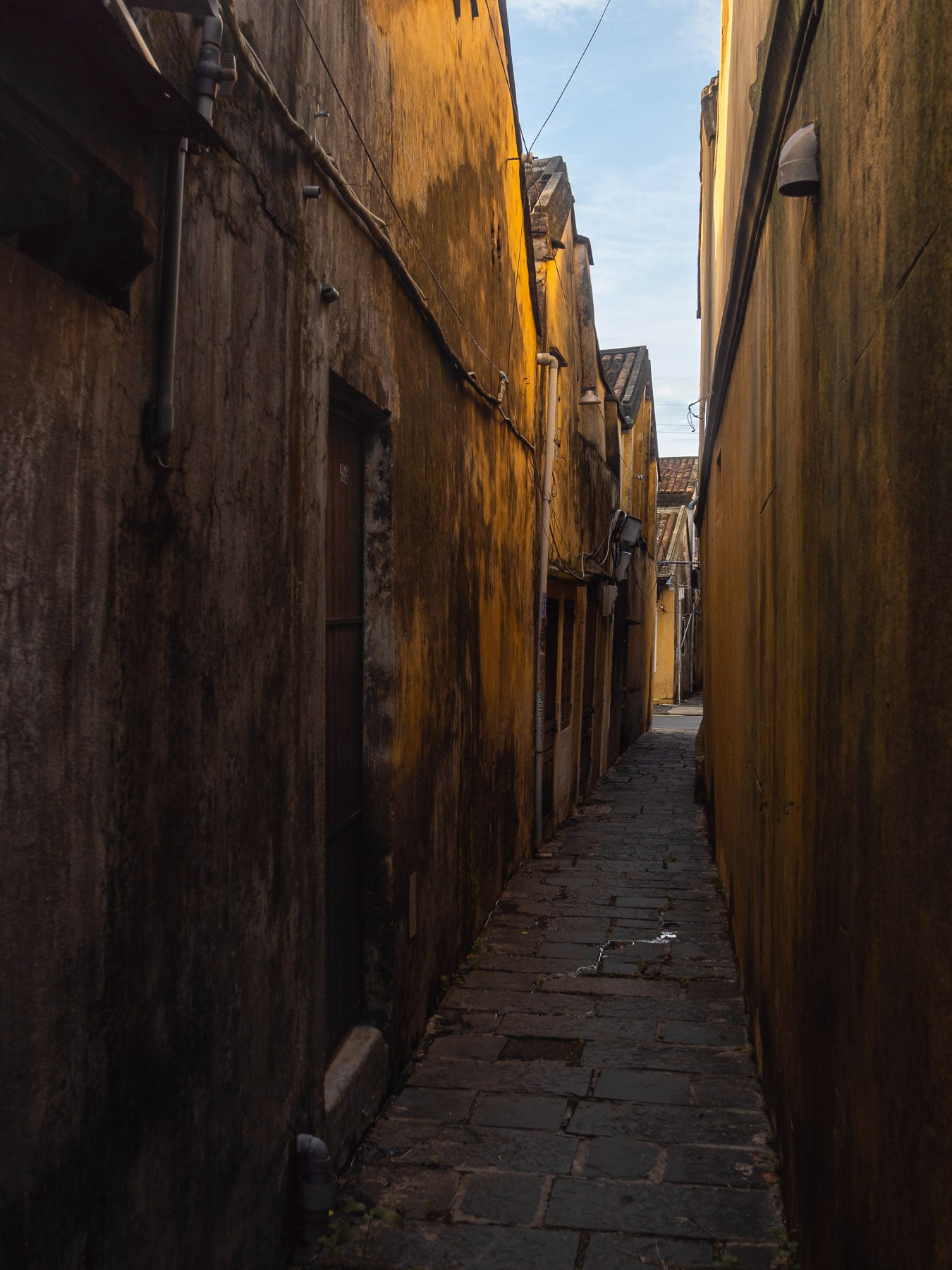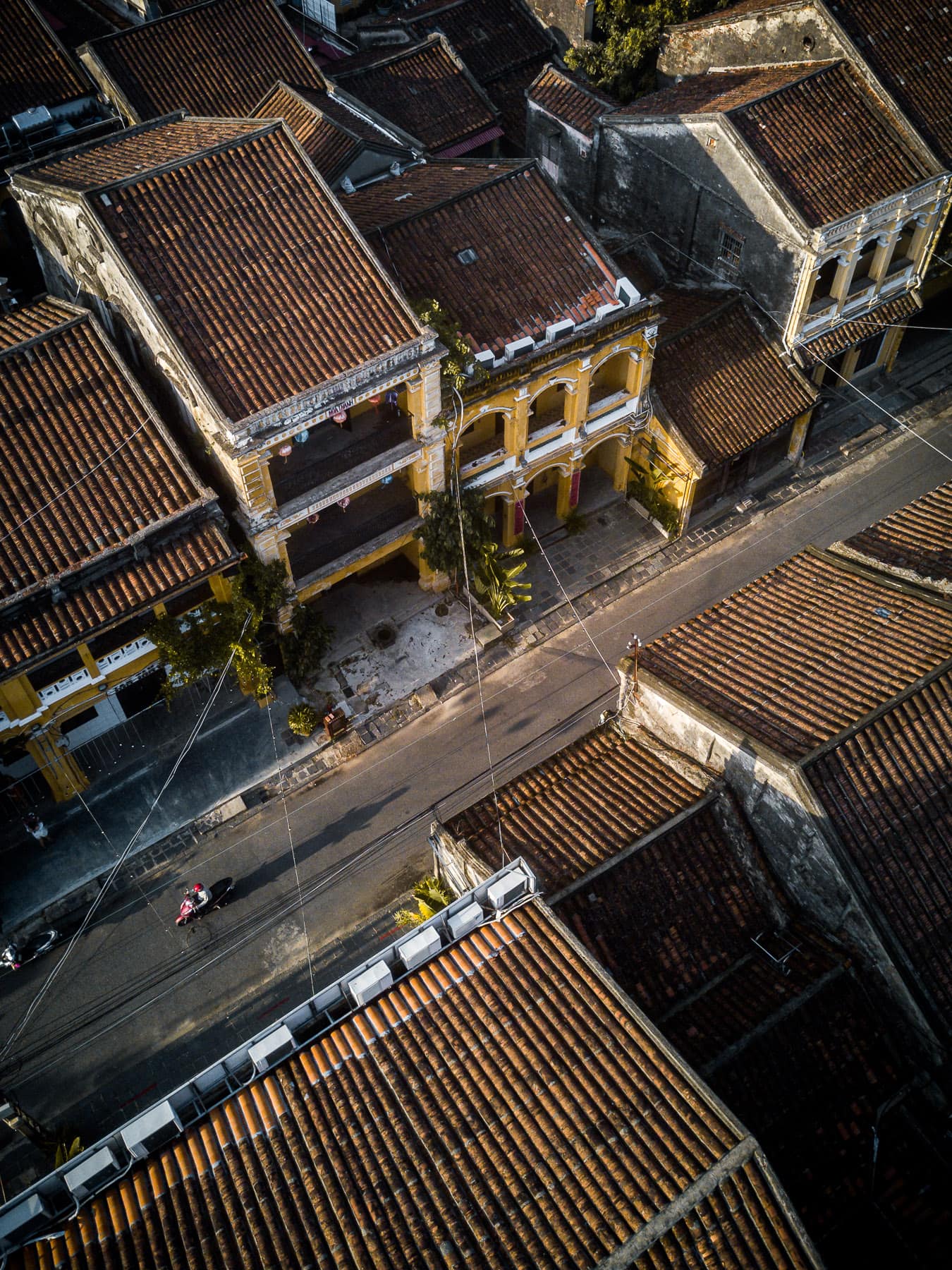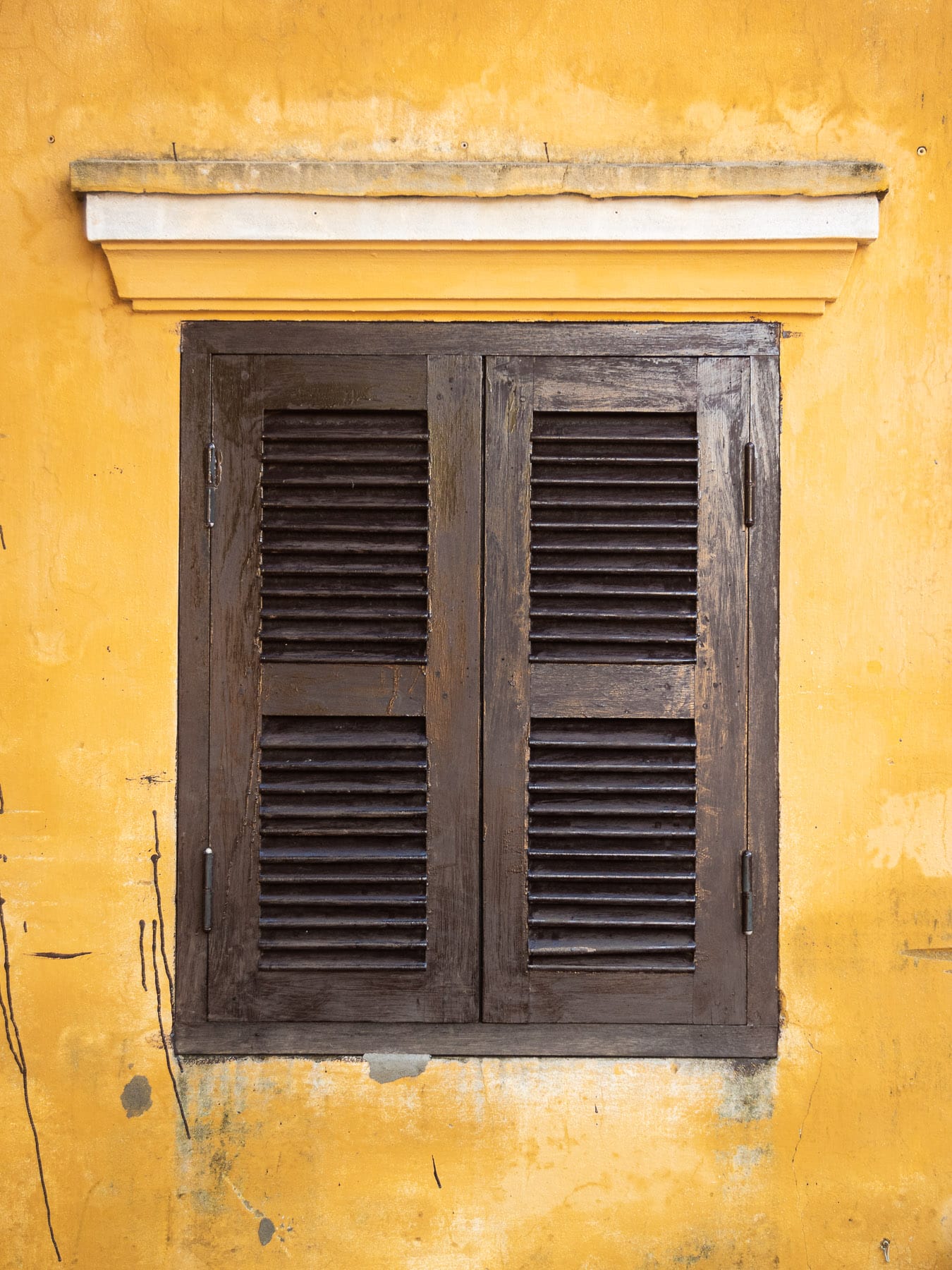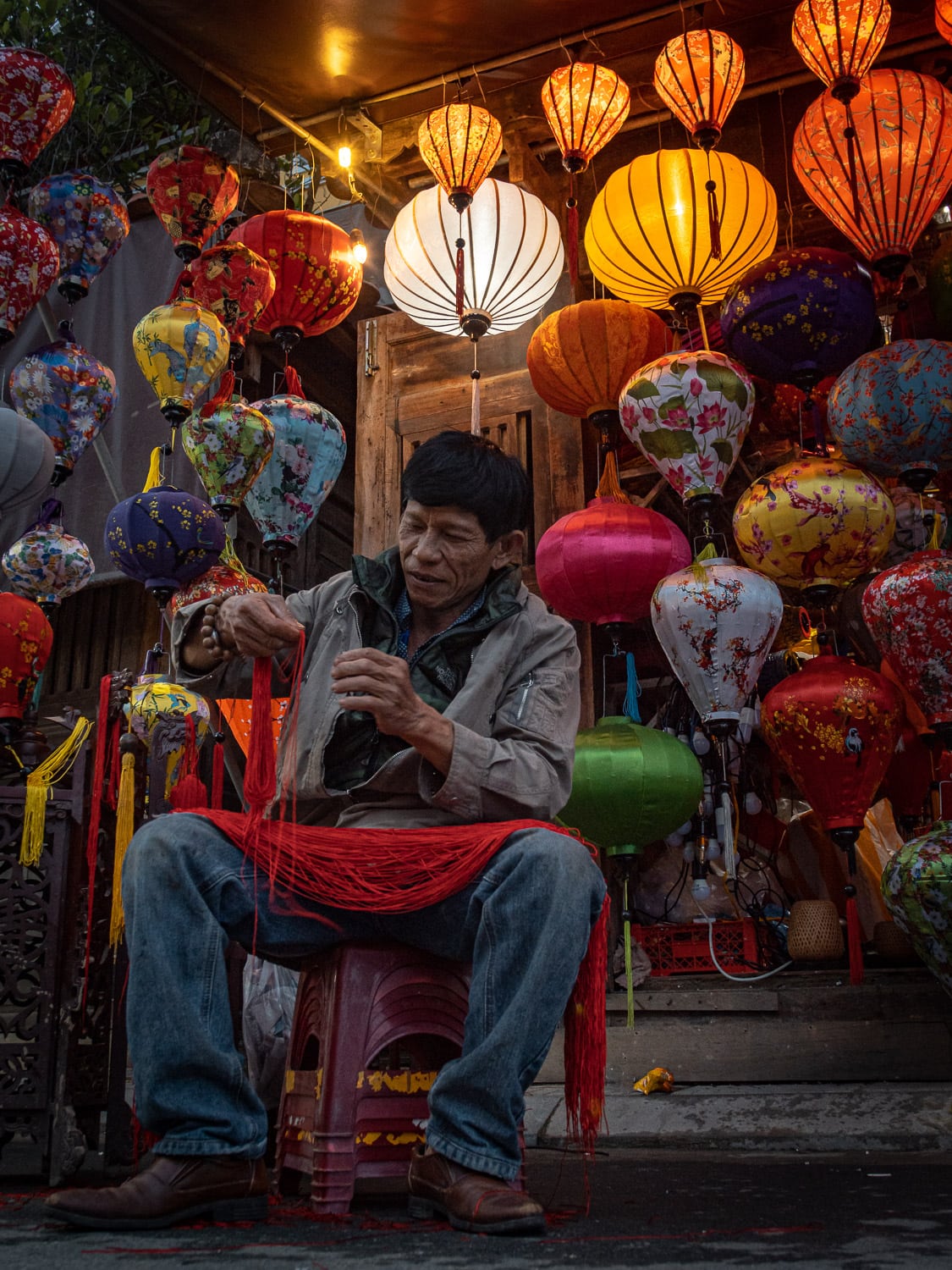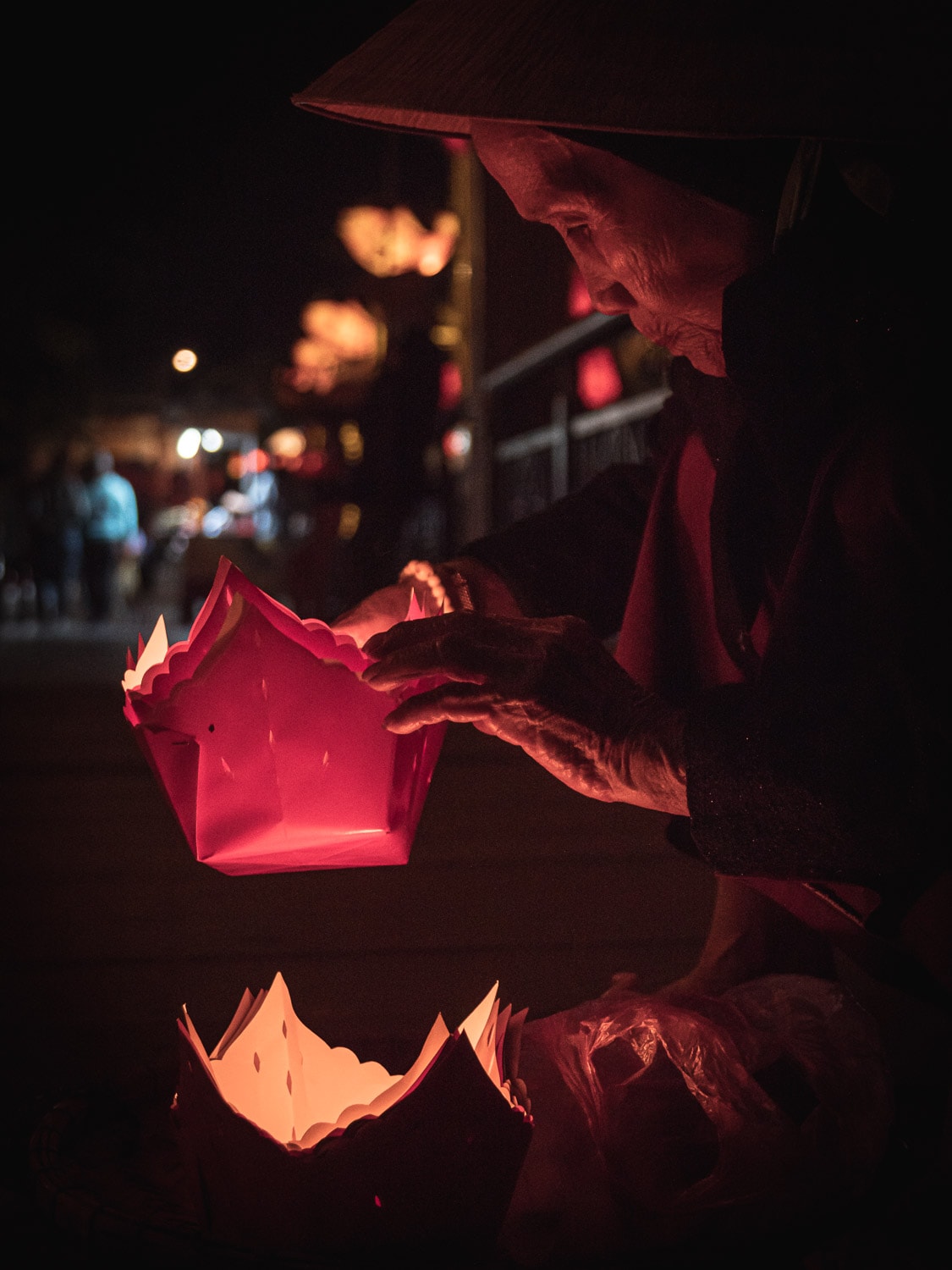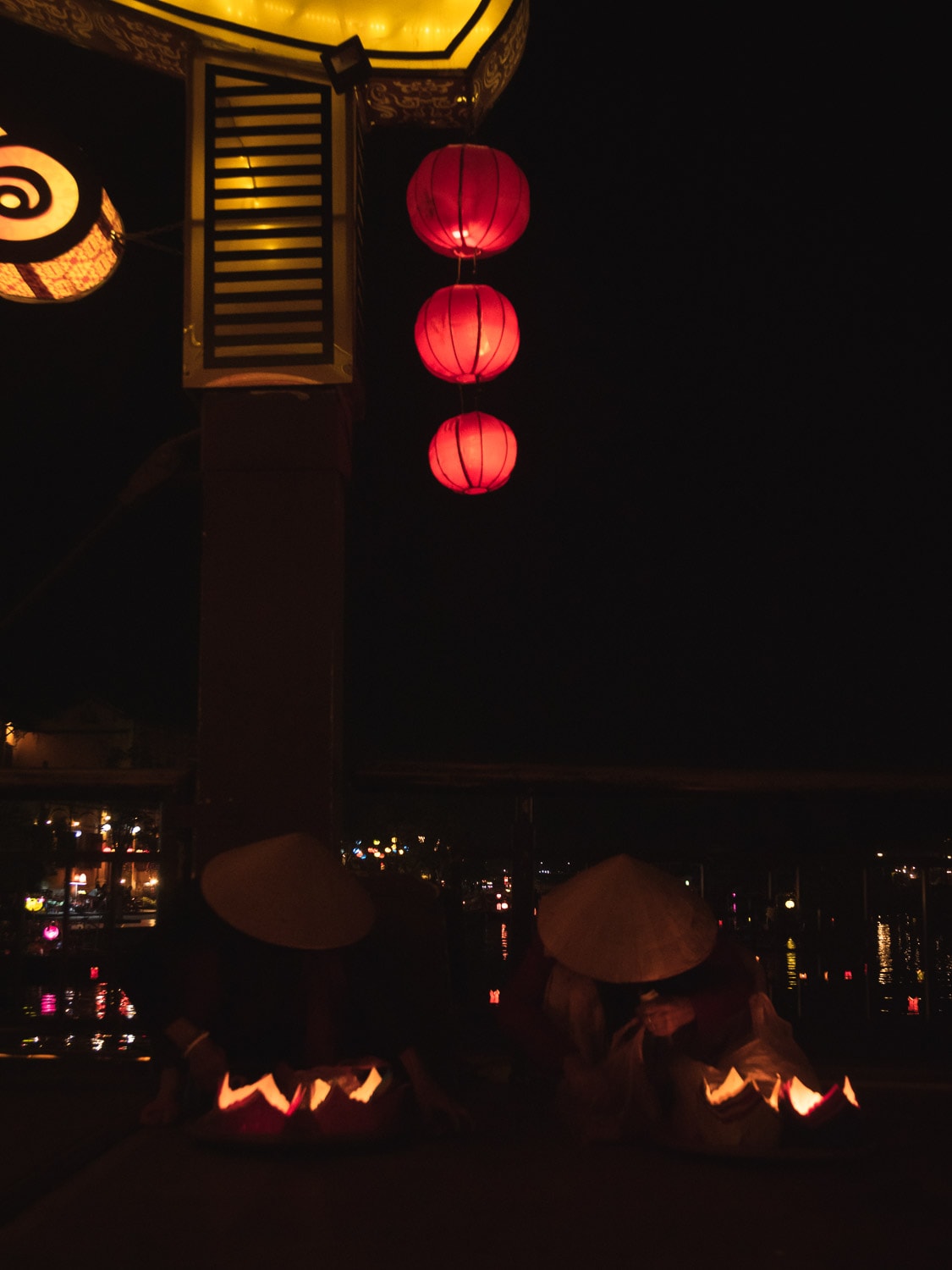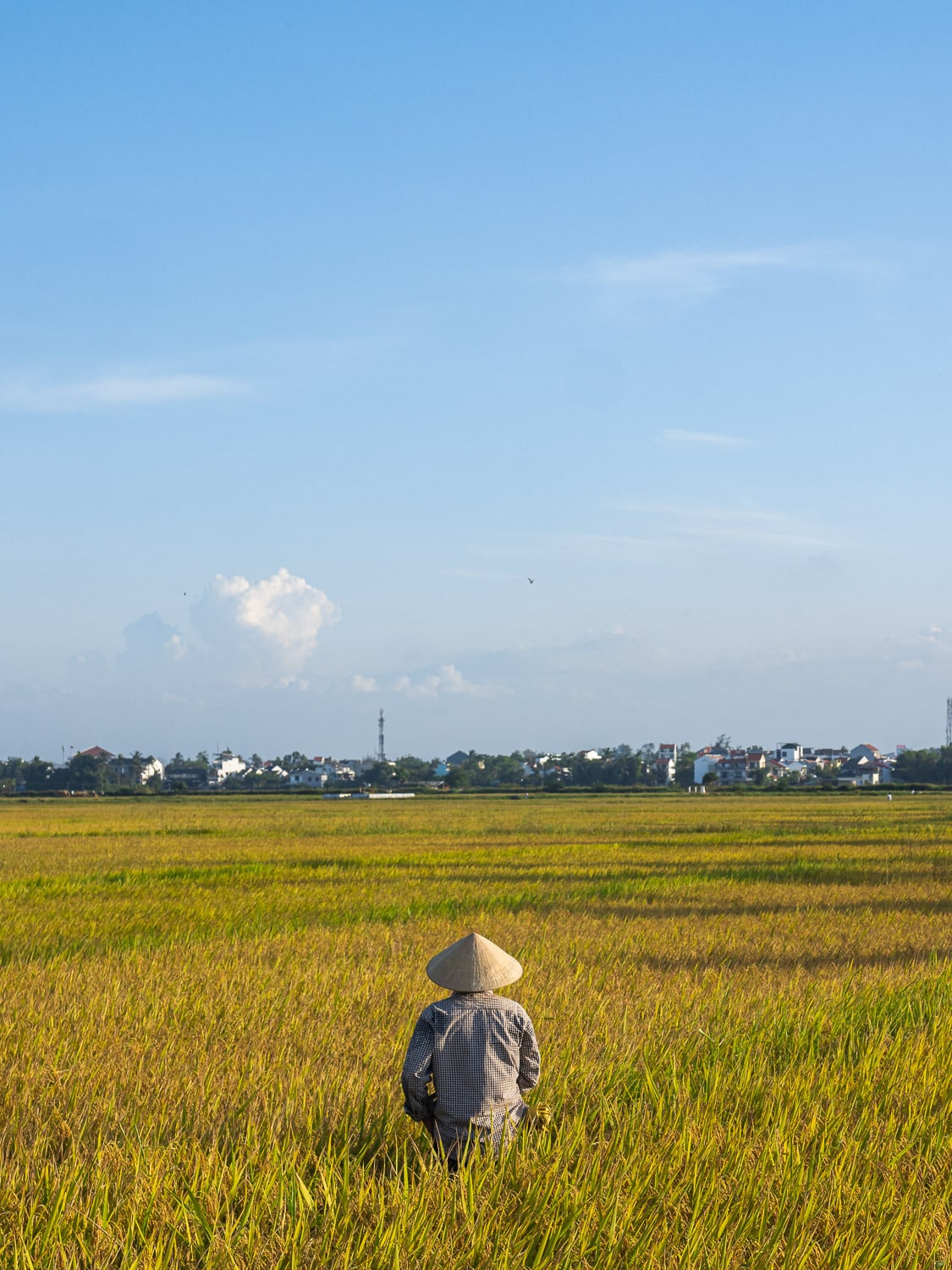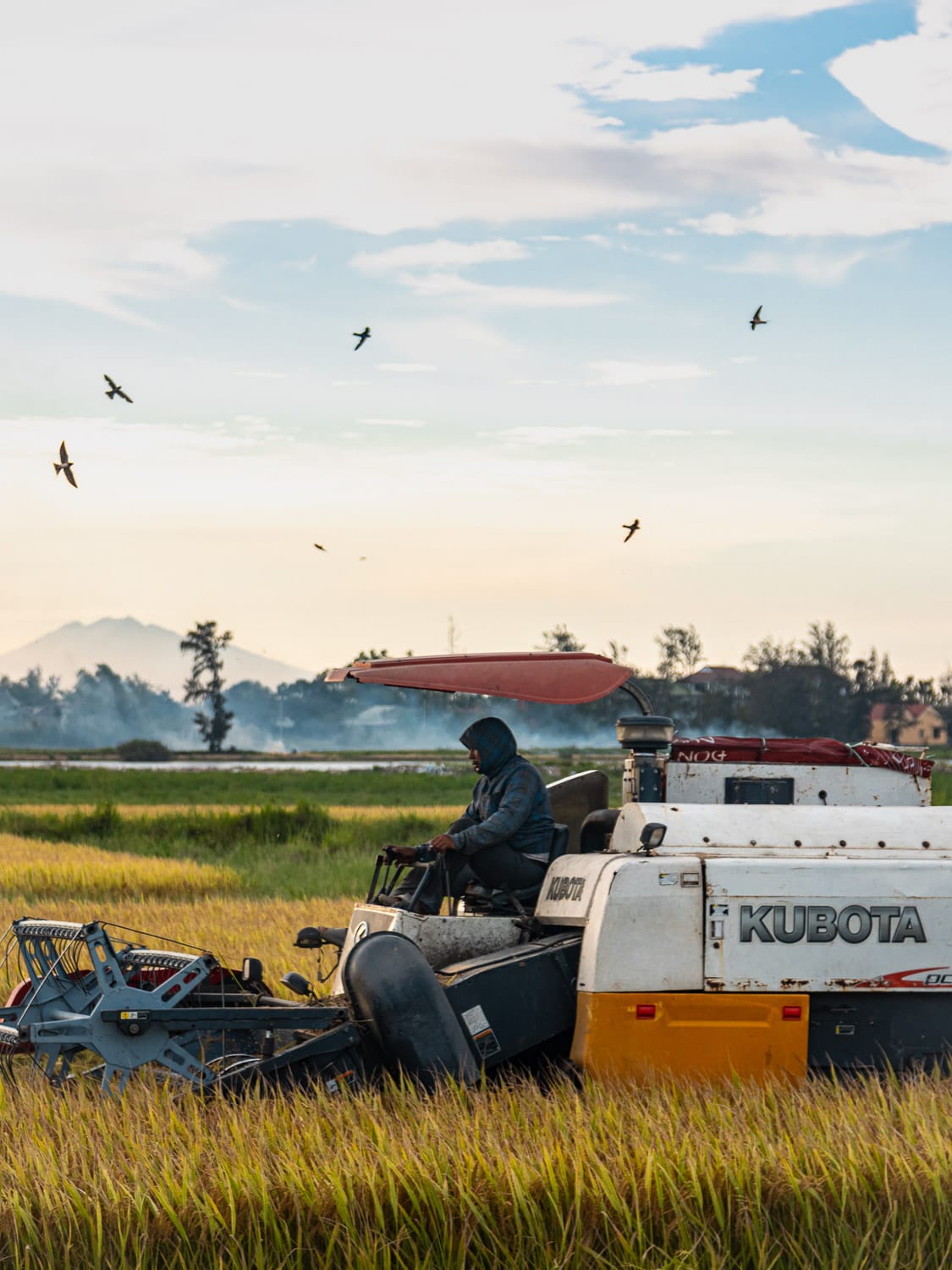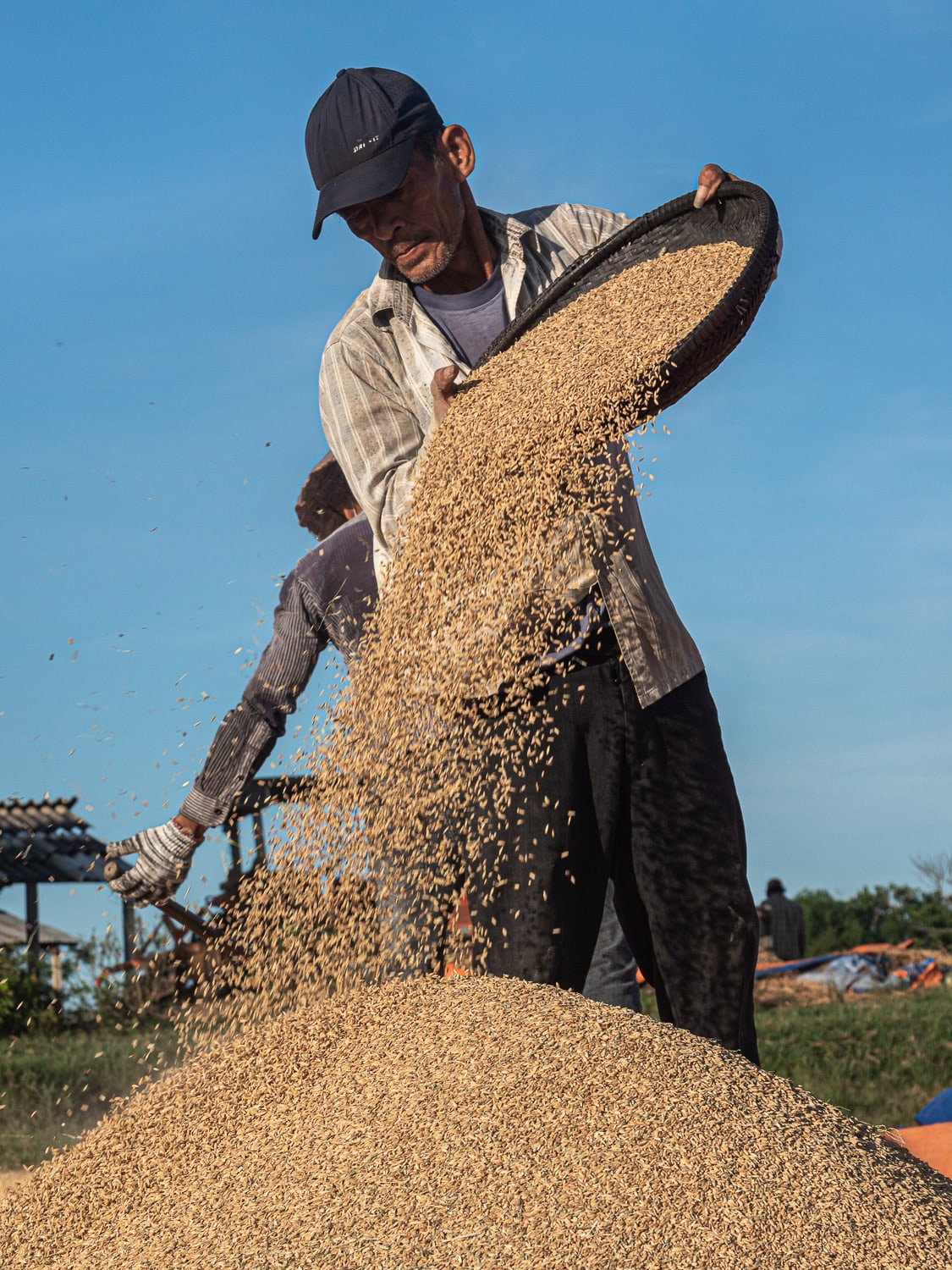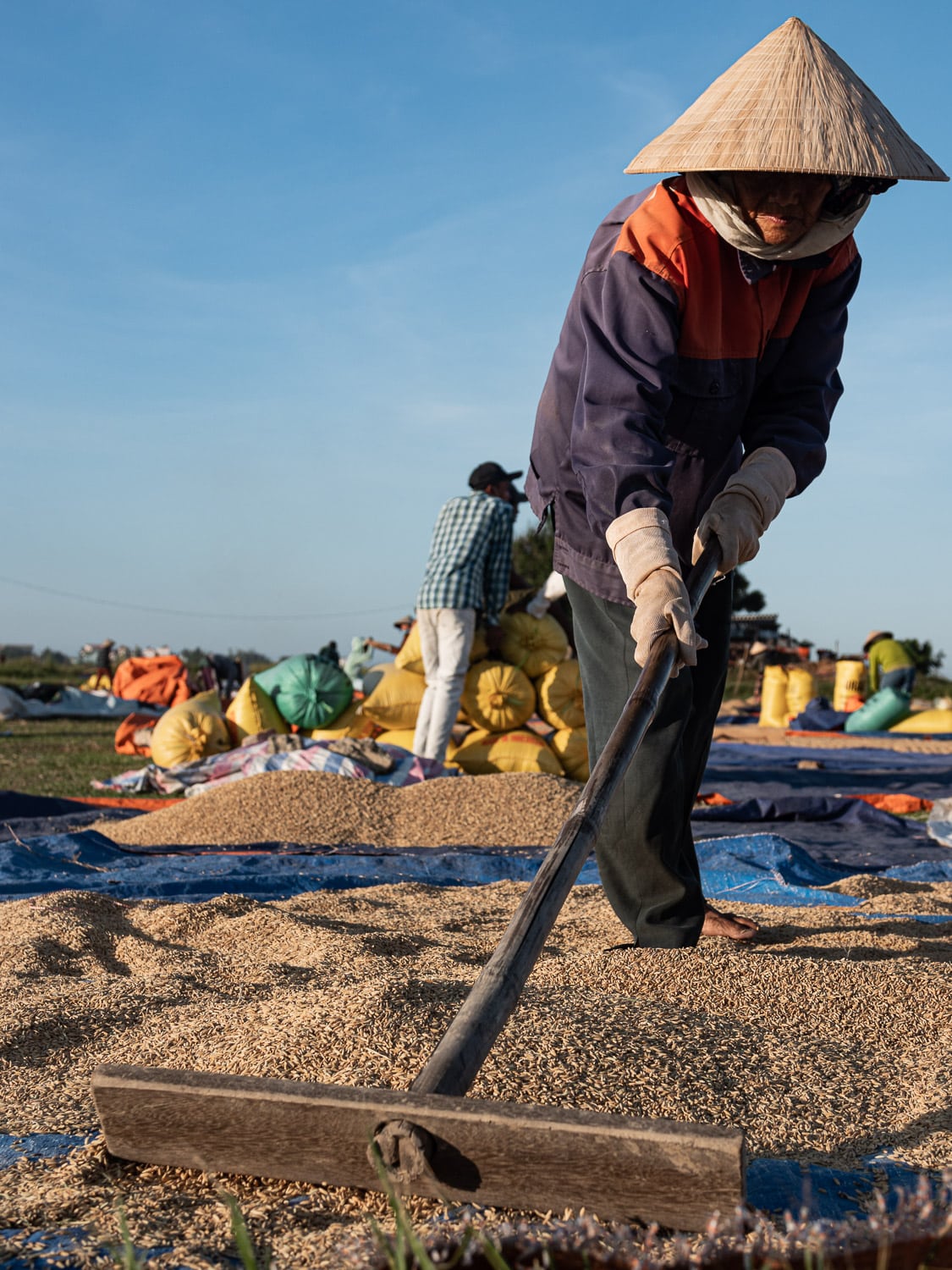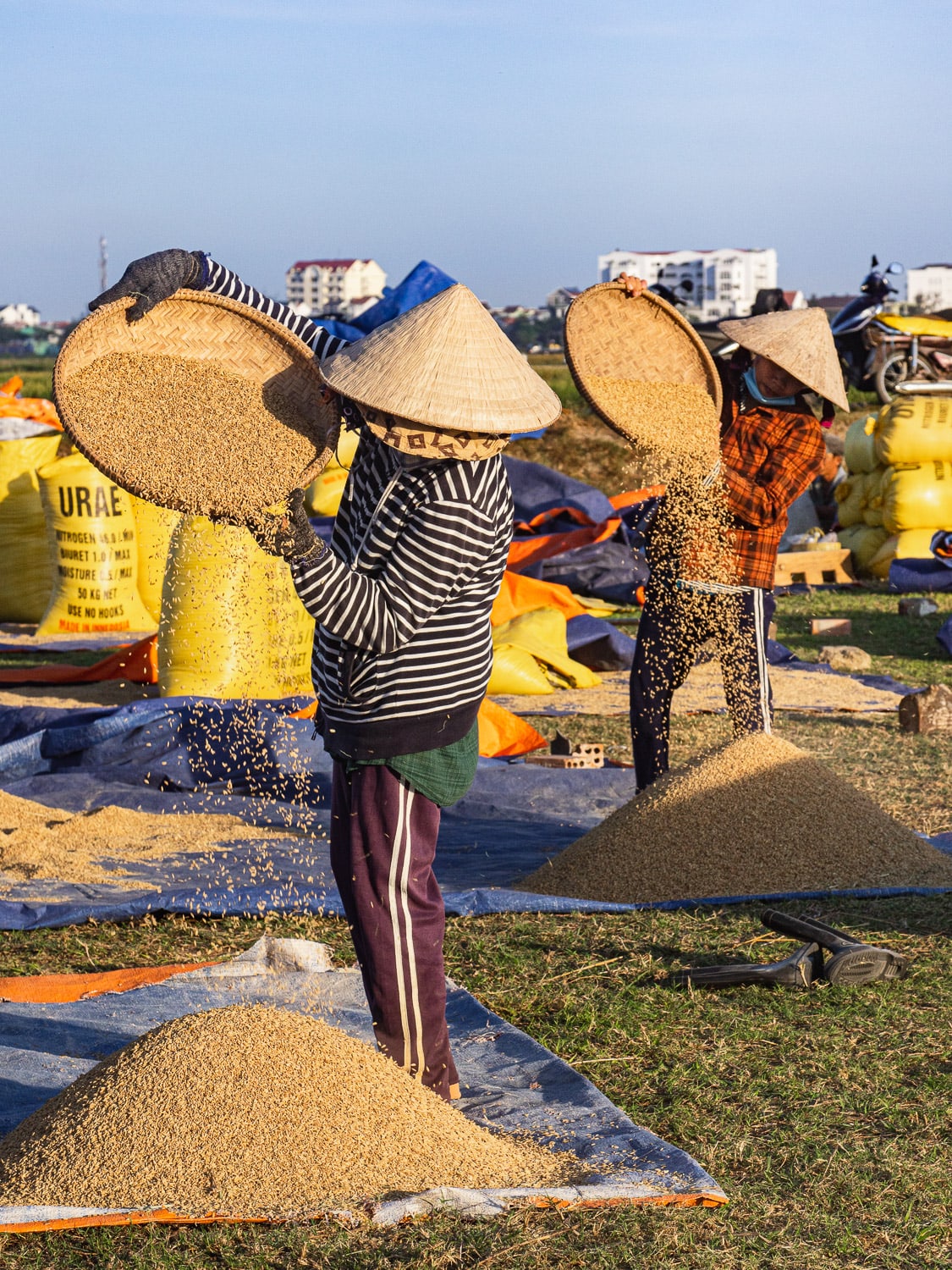
Jan 2021
Hội An | Vietnam
Hội An is a small city located in the central region of Vietnam, near the mouth of Thu Bồn River. Due to its favorable geography, the region has been a prominent trading area for different cultures during its history. Initially, between the 7th and 10th century, the region was controlled by the Champa, an empire that used to occupy most central and south regions of Vietnam. By that time, Hội An was a developing port used to exchange goods like spices with Arabs, Persians and Chinese.
After the Cham-Vietnamese war of 1470, Vietnam annexed most of regions of Champa kingdom including Hội An. Between the 15th and 18th centuries, Hội An continued to be one of Southeast Asia most active seaports trading crafts such as textiles and ceramics. During this time, merchants from other countries also settled down in the city, especially Chinese and Japanese resulting in a blend of architectural styles around the city.
By the end of 18th century, Hội An importance started to fade due to the Tay Son Rebellion, which was opposed to foreign trade. With the triumph of the Nguyen Dynasty in 1802, for both political and practical reasons (the mouth of the Thu-bon River silted up blocking access to larger ships), the focus of traded started shifting towards Đà Nẵng. Since then, trade in Hội An gradually declined and eventually disappeared. However, because of that, it was able to avoid urbanization and remained almost untouched by the changes to Vietnam over the next 200 years until today. Due to its well preserved architectural structures, museums and crafting traditions, it has earned the status of a United Nations World Heritage Site.
The Old Town
Hội An is mostly famous for its unique, well-preserved and yellow-colored Ancient Town. The ancient town’s original street plan and architecture have been maintained despite urbanization, with more than 800 preserved ancient buildings to marvel at. The city was developed with a mix of architectural styles, including Chinese wooden houses and temples, colorful French colonial buildings, traditional Vietnamese style tube houses and even an iconic Japanese covered bridge with a pagoda inside.
Lanterns at the Old Quarter
Initially brought by Chinese and Japanese merchants in the 15th century, lanterns have been considered one of the symbols of Hội An. These colorful lanterns are sold at many shops around the Old Town. At night, the town reduces its electricity usage, so the candle-lit lanterns are usually the main source of light. People can buy these lanterns and drop them at the river. This celebration is especially common during days of full moon.
Rice Harvesting
As one of the world’s largest rice producers in the world, Vietnam has rice fields spread all over its territory. In Hội An, it is possible to find many rice fields in the plain fields between the Old Quarter and An Bang Beach. Each rice cycle lasts 6 months, and the harvesting season happens twice a year: in May and in September. During these months, farmers harvest their crops early in the morning or before sunset, when the climate is not very hot.
* All photos available for printing. Get in contact by email or on social media for more information.

